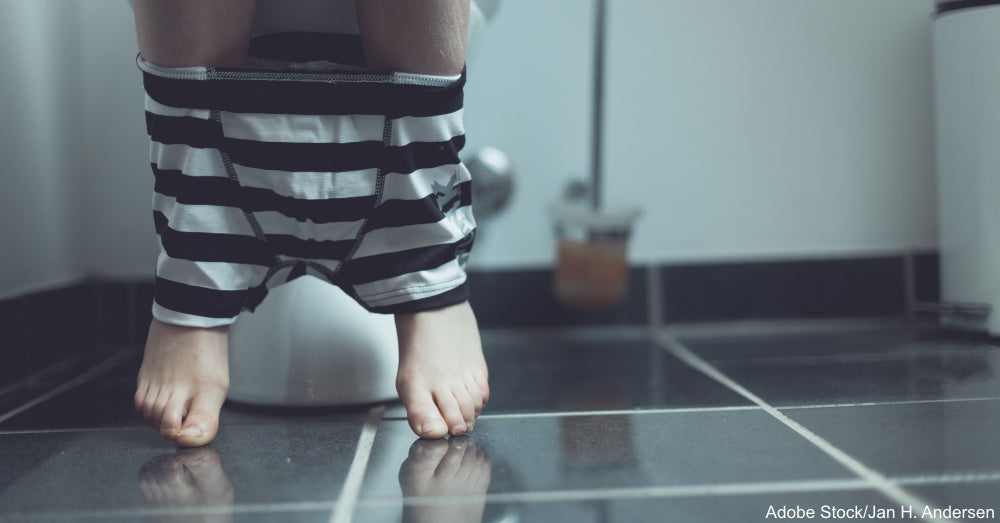Fecal Smearing: How to End the Nightmare
Elizabeth Morey
In all your wildest parenting dreams, you never imagined it would be quite like this. You never thought you'd wake up in the middle of the night to find your child smearing their own feces on the bathroom walls. You never expected to have to google "how to remove poop from a microsuede couch." And yet, here you are.
It's a parent's worst nightmare. But there are a couple of pieces of good news here. The first one is that you're not alone. Smearing feces is completely normal (if there's such a thing as normal) for both autistic and neurotypical children of a certain age. More parents have had to deal with this issue than you think, and they've all survived.
The other good news is that there are ways to stop this behavior. You won't have to live with it forever; you just need to do a little work now to ensure it doesn't happen in the future.
The first thing you can do in an effort to stop your child from smearing his or her feces is to understand why they're doing it. Some children with autism smear feces for the sensory stimulation it provides; the sight, smell, or feel of the activity may offer a comforting feeling. Fecal smearing may also give the child a sense of control in a world where very few things seem to be in their control. If it weren't for the highly unsanitary nature of feces and the potential difficulties of cleaning it, this would be an acceptable behavior for children to take part in.
To curb the behavior, parents will need to find a way to feed the craving that caused it. You may have to play around with several of these examples to find out which one satisfies your child's sensory needs, so don't worry if the first thing you try doesn't help. For a clue concerning what you can do to end your child's fecal smearing, pay attention to what triggers the behavior and what types of events lead up to an episode.
If smell is the sensory stimulation your child seeks, play dough or a sharp-smelling cheese may do the trick. Play dough may also work for the sense of touch, along with slime or kinetic sand. For visual stimulation, try letting your child play with finger paints or shaving cream.
If none of that works (or if you're still in the trial phase with these activities), you can use restrictive clothing to help ensure that your child will not be able to access his or her feces. This method is not generally practical during the daytime, but at night, when the child is not being actively monitored, this is a reasonable solution for a tricky problem. Some examples of restrictive clothing include pajamas with a zipper in the back, compression underwear, overalls worn backwards, and other items that have closures your child doesn't know how to operate (zippers, rows of buttons or snaps, buckles, etc.).
Practicing toilet routines with your child on a regular basis is important to help get your child on track in the bathroom. Telling or reading stories to your child that reinforce proper toilet-related behavior may help as well.
Remember, your child's fecal smearing does not mean you're a bad parent, and you're not alone in dealing with this issue. It will get better in time. So hang in there. You're doing a great job.
[fbshare]




